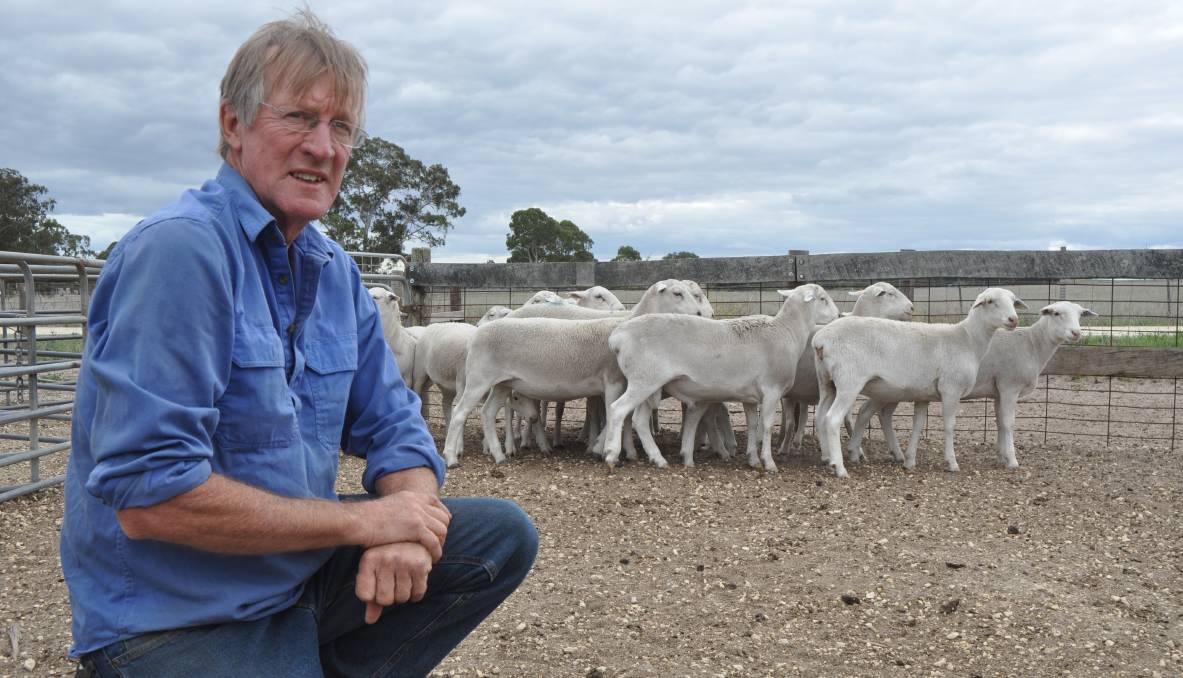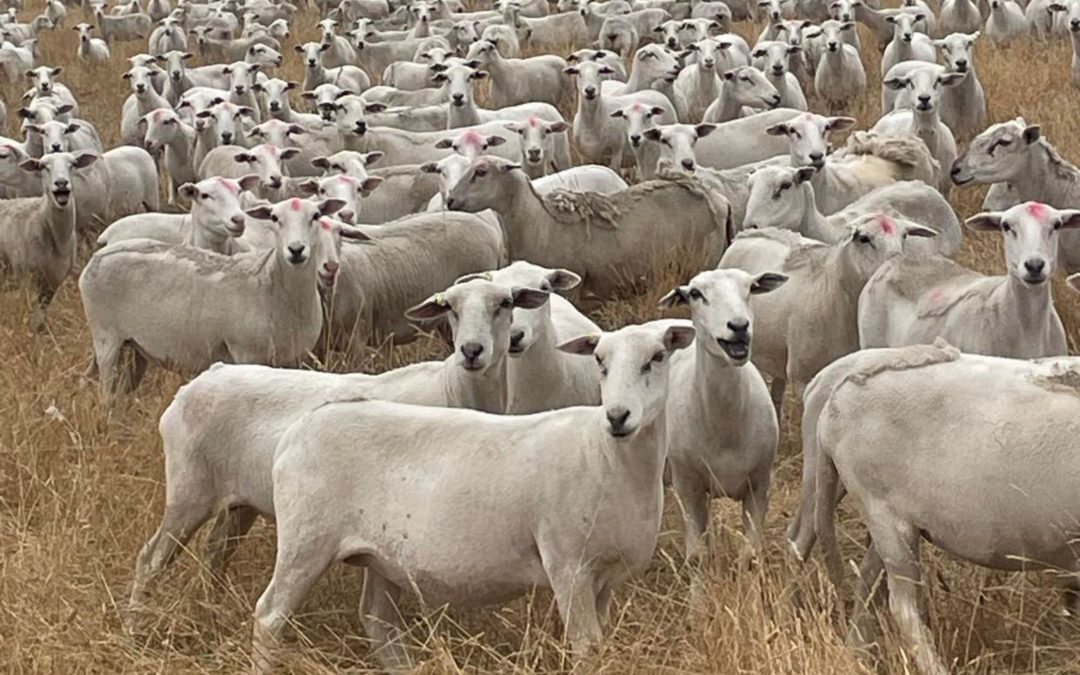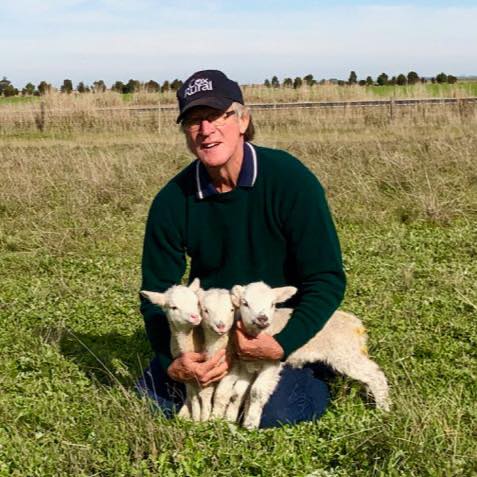

Prolific White Newsletter – 2023
In maternal flocks around Australia breeders are quietly experimenting with a variety of prolific genes while criticising us for using the Booroola gene. To this point in time they have been unsuccessful because in some cases the gene they have been trialling has had no effect and in other cases...
Prolific White Sheep
200% Scanning in one cross
Homozygous Prolific White ram

About
Prolific White rams carry two copies of the Booroola gene. Every daughter of these rams will therefore carry one copy of the gene. This will increase the scanning rate of these ewes by 60%. Crossing a Prolific White ram to a Dorper or an Aussie white will increase their scanning rate by 60%.
If the booroola gene is designated as a B and the absence of the gene by – then the following diagram depicts the outcome.
Prolific White ram cross Aussie White ewe
BB —
Crossbred ewe
B-
and this ewe will scan at a 60% higher rate.
You can therefore breed prolific ewes in one cross.

Prolific White History
I bred the Prolific White to enable shedding breeds to be economically competitive with traditional meat sheep. Despite all the claims made for them the shedding breeds have relatively low scanning rates at commercial stocking rates.
By crossing with the Prolific White you can in one cross produce ewes which will scan at 200%+. Their excellent maternal ability makes lambing percentages of 170% possible. At these rates they are more than competitive with any sheep production systems.
The breeding program started a decade ago crossing Multimeat rams to Dorper ewes obtained from Dennis Russell. By DNA testing for the gene and crossing to other elite shedding breeds we now have clean shedding, high performance, homozygous ram lambs available.
Shedding breeds are noted for their foot problems in the higher rainfall areas. To counter this we have used selected Nudie rams which are not only the highest performing shedding breed but have excellent feet as a result of being reared in the high rainfall area of the lower south east.
The idea to develop the Prolific White was hatched after involvement with breeding programs in Brazil and China. In China the Hu sheep which has the same gene as the Prolific White is farmed indoors and raises around 2 lambs per lambing. The lambs are weaned at about 6 weeks and the ewes rebred. They are however very poor meat producers. In Brazil the Santa Ines is intensively reared but of low fecundity. The Prolific White will now be exported to these countries when the borders reopen.
The demise of strong wool prices will see an exodus from strong wool composites as producers are seeing little benefit of sheep where the cost of shearing is greater than wool returns. The current prices for shedding ewes reflects this change. However to be competitive they need to have higher lambing percentages and the Prolific White achieves this in one cross.
The Booroola gene
The Booroola gene was first recognised in a Merino flock which had originally been run at Cooma by the Seears Brothers on their property “Booroola”.
Stock were bought from this property by C.S.I.R.O. in 1958 but it wasn’t until later that it was suspected that the high reproduction rate was caused by a single gene. Dr. H.N. Turner examined the origins of the Seears sheep and concluded that the gene could have either arisen as a mutation in the Seears flock or have survived as a remnant of Cape or Bengal sheep which arrived in Australia in 1788 and 1792. Investigations revealed that these sheep may well have been in the ancestry of the Booroola sheep.
So, even though we know the Booroola gene as a Merino gene today, it probably wasn’t when it first came to Australia. Now C.S.I.R.O. scientists have mated Border Leicesters to Merinos which carry the Booroola gene, and the offspring of these have been mated back to Border leicesters until they had a flock of 7/8 Border Leicesters which carry the Booroola gene.

